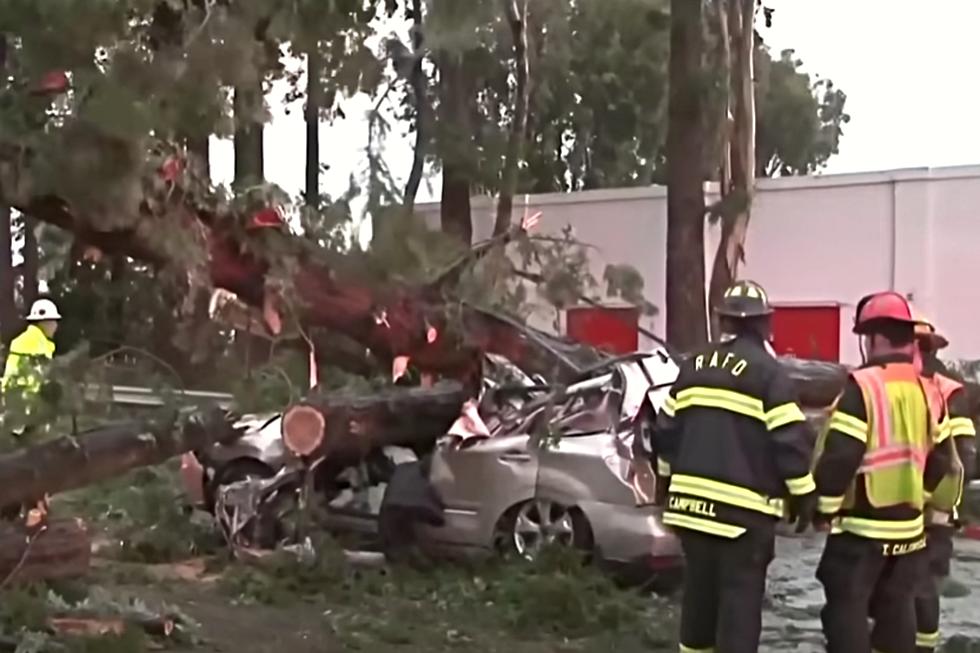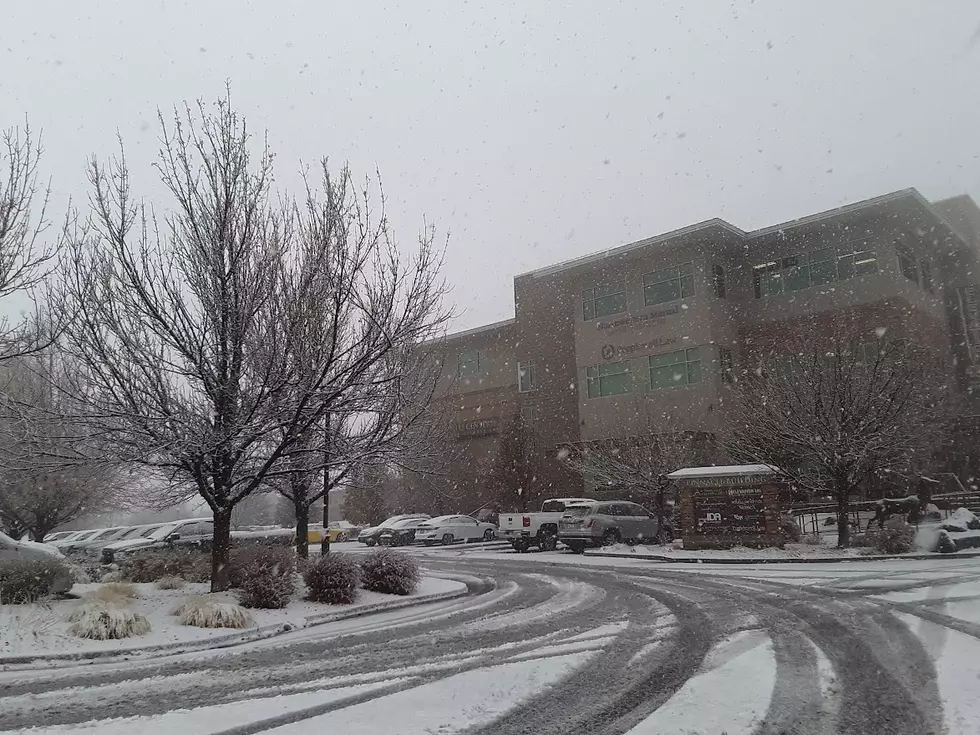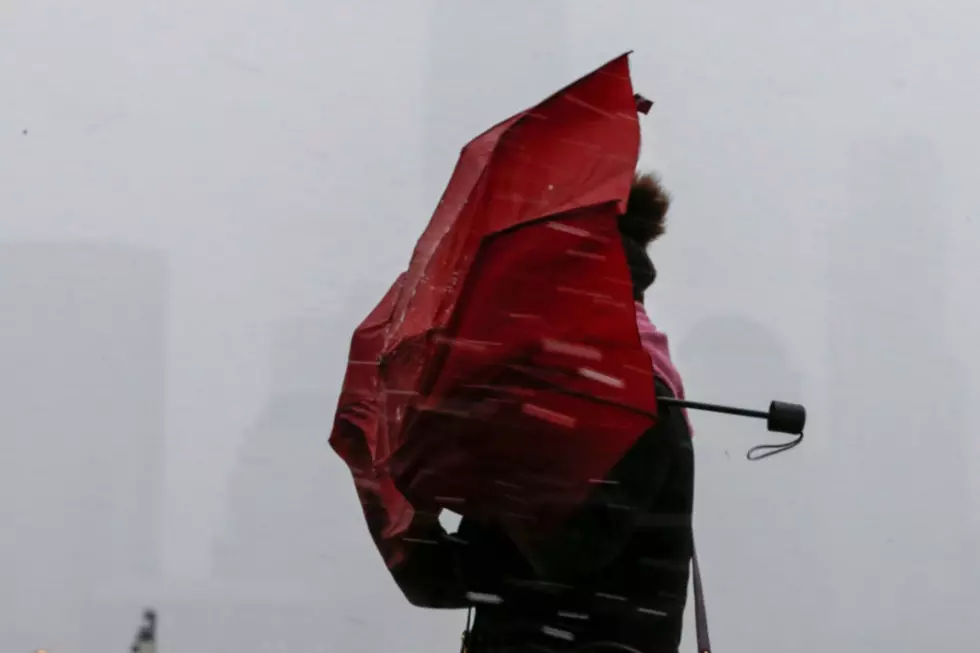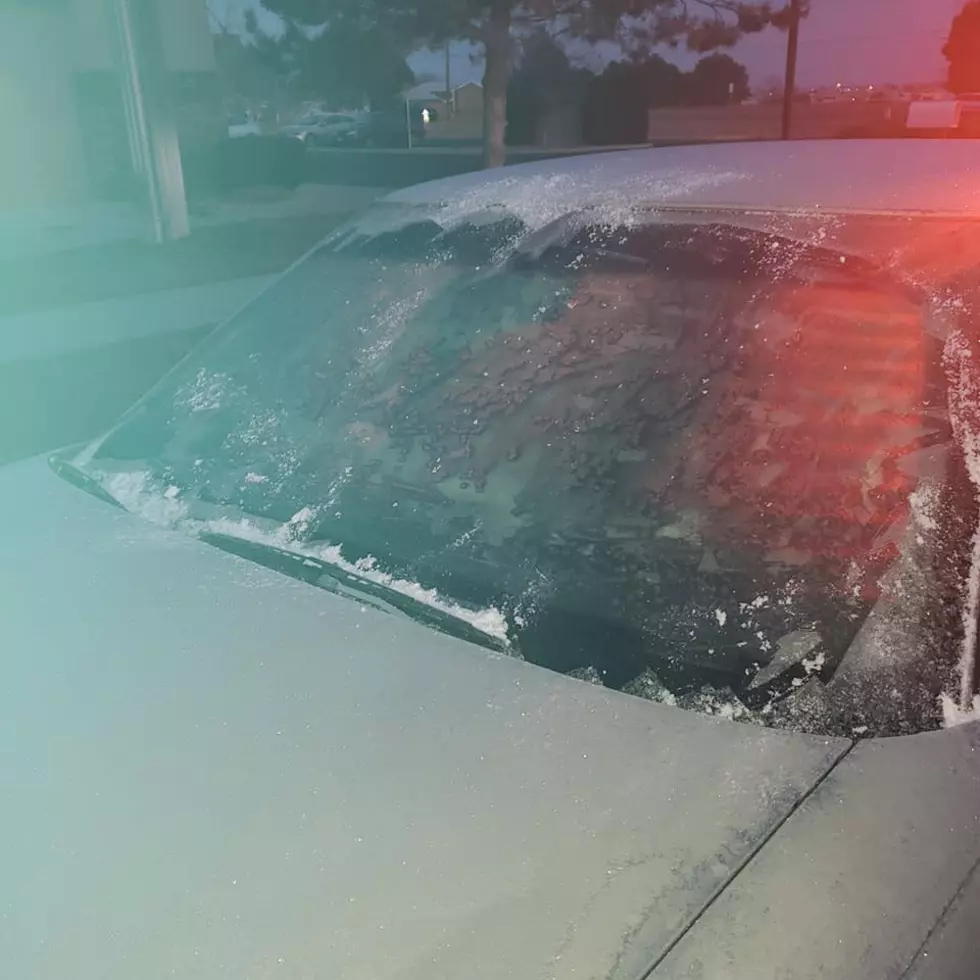
Some Believe Increasing Tornado Frequency In West Is New Norm
The weather in the western United States was pretty crazy this past winter, and Idaho routinely deals with storm systems that blow down from Alaska and sweep into the state from California, Oregon, and Nevada. In recent years, it seems more and more threats of tornado activity have been issued on television, radio, and emergency alerts on our phones, and it has some people wondering if these types of weather systems are the new normal.
I'm glad spring is here. Although the amount of moisture and snowfall more than replenished areas of the western U.S. that were starving for drought aid, I've never experienced so many power outages, business closures, and disruptions on the job as I did from December through February in my life.

I still remember the first major winter storm that swept across the Pacific Northwest the day after Christmas and dropped an enormous amount of snow in California, Oregon, Washington State, Nevada, and Idaho. Brutal is the best word I can come up with to describe the damage I've seen to neighborhoods in these states while on the road traveling for work and personal business.
Four counties in southern Idaho had reached over 110% of annual snowpack just prior to President's Day. Multiple, low-velocity tornados touched down in 2022 in the Gem State, even though they ended up not causing much disruption at all.
California has been hit the hardest by snow accumulations in the west. A dozen or so atmospheric rivers brought torrential rain, flooding, record snowfall, and even a couple of tornados in the central and southern portions of the state, and Idaho also was impacted by remnants of these storms.
Climatologists have been closely monitoring the increased frequency of tornado activity in the U.S., and some of the data clearly indicates that there's been a shift in extreme weather patterns in the west in recent years.
KEEP READING: What to do after a tornado strikes
LOOK: The most expensive weather and climate disasters in recent decades
KEEP READING: Get answers to 51 of the most frequently asked weather questions...
More From 98.3 The Snake








![The Polar Vortex Explained [VIDEO]](http://townsquare.media/site/97/files/2014/01/PolarVortex_Joshua-Lott_Stringer_GettyImages.jpg?w=980&q=75)
